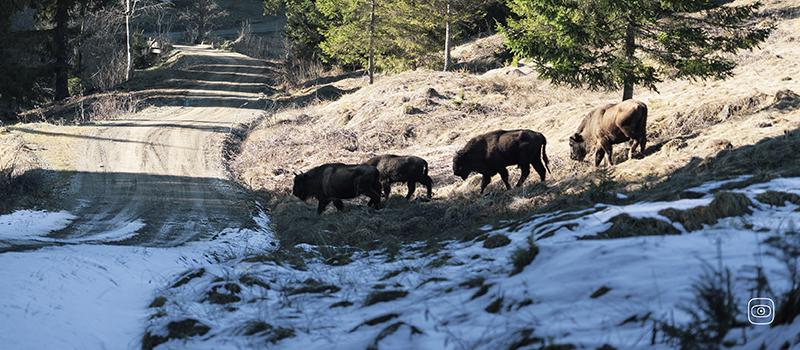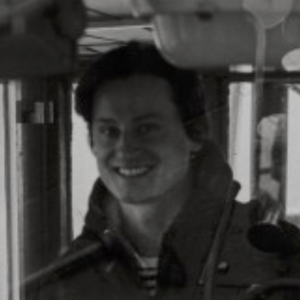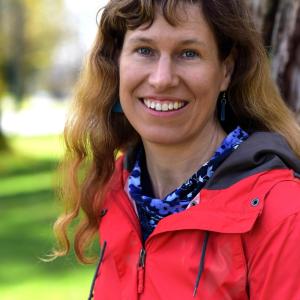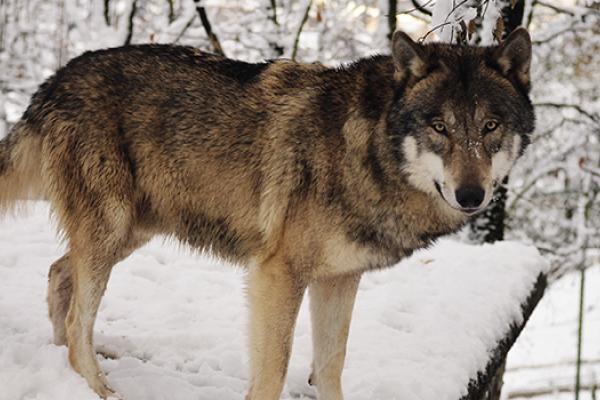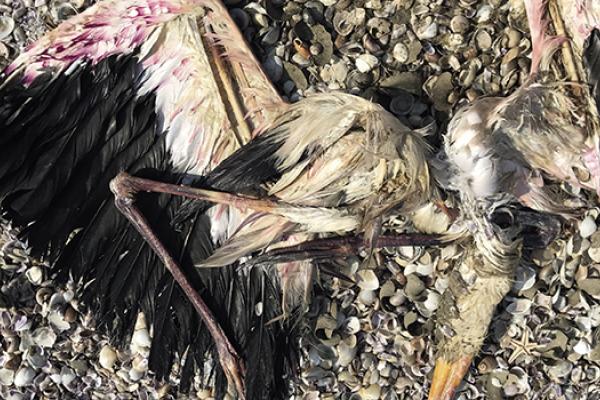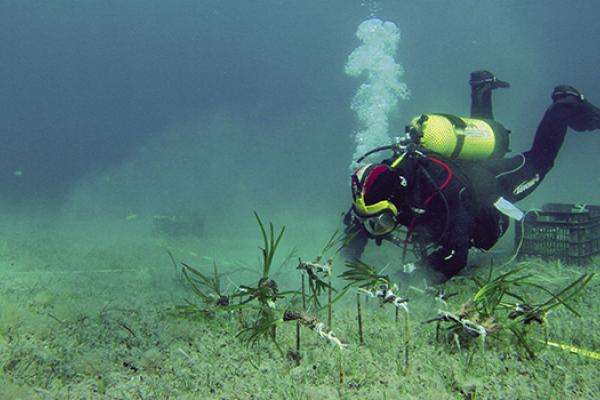The return of the European bison is no longer just a conservation success. It has also become a test of how humans can coexist with this species on a continent that has been shaped by centuries of human influence.
Over the course of nine months, a team of journalists tracked the presence of bison across these landscapes, uncovering the tensions and aspirations that their return has sparked.
Romania and Poland now host the largest populations of free-roaming bison in the EU, while an ambitious rewilding experiment is underway on privately owned land in Spain. In Poland’s Białowieża region, the bison’s comeback has ignited fierce debate: conservationists are divided over whether to manage the herds through culling and supplementary feeding, while local farmers are facing crop damage and inadequate compensation, which is fuelling growing resentment and political division.
In Romania’s Carpathians, innovative reintroduction projects have allowed bison to roam freely once more. However, challenges remain as the animals wander into villages, testing both public tolerance and the limits of a hands-off conservation approach. Meanwhile, in Spain, private initiatives are seeking to rewild parched landscapes, though critics are questioning both the ecological suitability and the transparency of such projects.
This investigation reveals the complex realities behind the bison’s return: competing visions, economic pressures and the evolving concept of “wildness” in modern Europe. Ultimately, it leaves us with a fundamental question: can the European bison truly find a lasting place alongside people once again?
On the right: Photograph by Adina Florea
